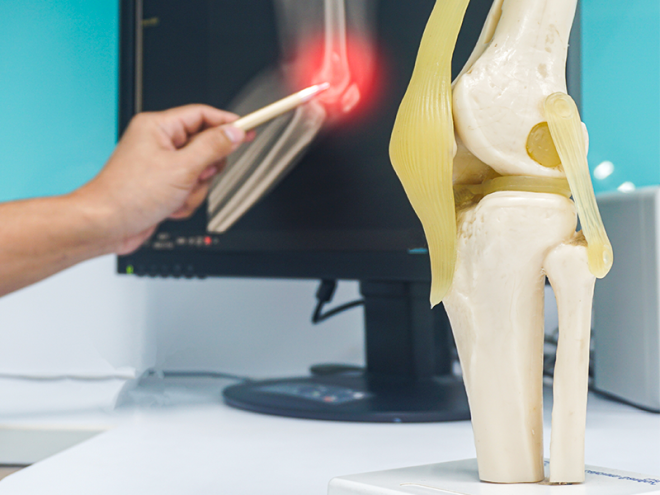5 Easy Facts About Axis Spine And Orthopedics Shown
5 Easy Facts About Axis Spine And Orthopedics Shown
Blog Article
7 Simple Techniques For Axis Spine And Orthopedics
Table of ContentsTop Guidelines Of Axis Spine And OrthopedicsWhat Does Axis Spine And Orthopedics Do?The smart Trick of Axis Spine And Orthopedics That Nobody is DiscussingThe Main Principles Of Axis Spine And Orthopedics
An orthopedic doctor is a physician who specializes in dealing with troubles of the bones, joints, and connective cells, and ensuring you maintain a healthy musculoskeletal system., we have highly certified orthopedic cosmetic surgeons that are capable of treating people of all ages. I obtained included in research during my very first year of medical school, and I started making connections with orthopedic cosmetic surgeons early on.
Go over the post-operative treatment plan with your surgeon. Prepare for transportation to and from the health center on the day of surgery.
Unknown Facts About Axis Spine And Orthopedics

Your doctor will provide lots of info pertaining to post-operative care, consisting of how to stay clean and maintain the surgical area clean. Following these pointers can prepare you literally and mentally for your orthopedic surgical treatment. Remember to preserve a positive expectation and trust fund your clinical team's experience, contributing to a smoother recovery procedure.

Nobody expects you to understand anything, so don't attempt to remember a bunch of arbitrary facts. Otherwise, joint pain can truly mess up your life.
Common conditions treated by orthopedic doctors are: Fractures and Bone Injury: Broken bones and various other injuries from accidents or impacts. Bone Cancer Cells: Lumps in the bones. Orthopedic Trauma: Serious injuries impacting bones, joints, or soft cells.
Strains and Pressures: Injuries to tendons and muscular tissues. Tendinitis: Inflammation of the ligaments. Orthopedic doctors do a range of treatments to assist individuals with bone and joint problems. Typical examples are knee and hip substitutes. Joint Reconstruction: Rebuilding a damaged joint to recover its feature. Bone Grafting: Taking bone from one part of the body and transplanting it to another area to fix and restore harmed bones. Reconnecting Nerves: Repairing broken nerves to recover motion and feeling. Spine Disk Substitute: Replacing a damaged back disk with a fabricated one to ease discomfort and restore feature. You'll require to take and pass the Medical College Admission Examination( MCAT). This standard test evaluates your knowledge and skills required for success in medical college. Medical school is an intense

The 15-Second Trick For Axis Spine And Orthopedics
Next, they complete an orthopedic residency. It's typically 5 years and provides hands-on discovering in a medical setting. Visits frequently consist of: Reviewing your signs, clinical history and way of living.
Treatment referrals. Some conditions need extra imaging, like a CT check or MRI for more thorough views of the agonizing location. Your orthopedist will suggest treatments to reduce signs until you obtain a diagnosis. Orthopedic cosmetic surgeons concentrate on nonsurgical and surgical techniques. For specific sorts of orthopedic injury or congenital conditions, surgical procedure is commonly the very first line of treatment. For most other problems, orthopedists attempt nonsurgical treatments. It might take greater than one kind of therapy to accomplish long-term alleviation. Choosing the right is essential for successful surgical results you could try this out and enhanced individual recovery. With a variety of alternatives readily available in the marketplace, it can be frustrating for both doctors and patients to make an informed choice. The leading five aspects to take into consideration when selecting an orthopedic implant are surgical compatibility, cost-effectiveness, factors to consider for modification surgical treatment, patient-specific aspects, and the style and innovation of the implant. They can be found in numerous forms, sizes, and products, each offering a details function based on the client's needs. Understanding the basics of orthopedic implants is essential before diving right into the decision-making procedure. One of the leading considerations when selecting an orthopedic implant is its compatibility with the medical treatment. Different implants are designed for various surgical techniques and approaches. The orthopedic dental implant must be particularly developed to fit the patient's makeup and make sure stability throughout the healing process. Surgical compatibility entails elements such as dental implant size, shape, and material. The success of orthopedic procedures counts greatly on the correct choice and placement of implants that work with the client's composition and case history. By focusing on person security and well-being, orthopedic doctors can accomplish effective end results and offer the best quality of like their people. Doctors should carefully think about the biomechanical buildings of the implant and just how it will incorporate with the patient's bone structure. This will certainly add to much better medical outcomes, minimized problems, and much shorter recovery time. When selecting implants for a patient, it is necessary to consider a range of patient-specific aspects that can influence the success and outcome of the treatment. These factors incorporate the patient's age, bone high quality and amount, dental health status, medical history, lifestyle practices, and visual choices. For older patients with jeopardized bone thickness, shorter implants or grafting procedures may be useful to give the necessary security and support. 3. Is the dimension of the orthopedic implant a crucial consideration? How does it influence the surgery and the person's recuperation? Yes, the size of the implant is essential as it should match the individual's framework for appropriate fit and capability. 4. Can the person's age and way of living contribute in choosing the most appropriate orthopedic dental implant? Definitely. Just how does the expense of an orthopedic implant aspect right into the decision-making procedure, and exist methods to stabilize high quality with cost? The expense of the implant is an important factor to consider, but it needs to not be the single determining element. Balancing top quality with price entails considering different implant choices 'long-lasting benefits and possible problems. Report this page